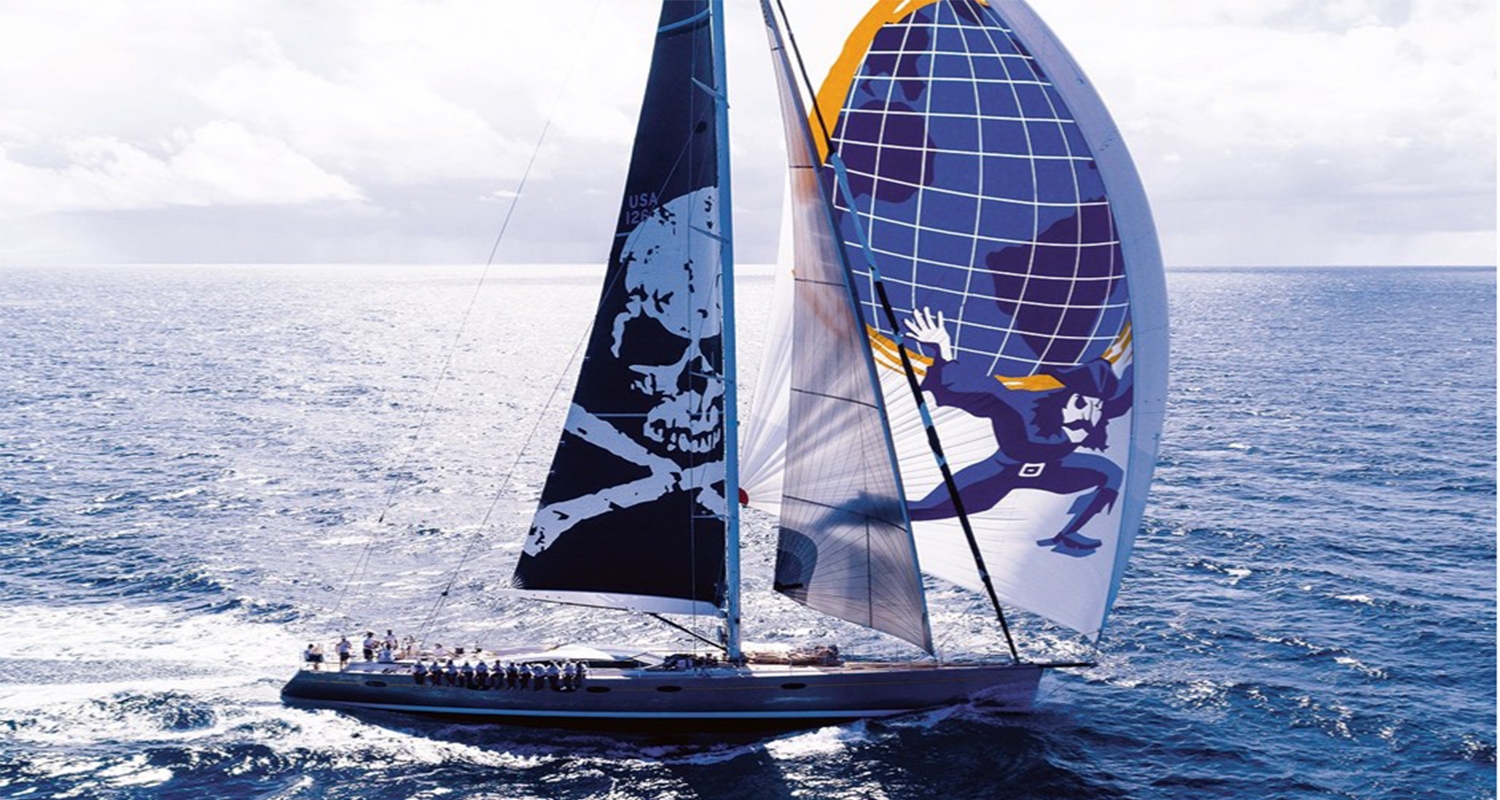
Try the silence. Types of sails and what wind and course they are intended for
Most of us want to diversify our daily routine. When motor boats are boring and you want some yachting romance, you can always change the noise of the engine to a light rustle of the sail. The romantic melodiousness of the atmosphere will be complemented by the tapping of winches, the creak of the tiller and the grinding of sheets. What could be more beautiful than a full course and wind-filled sails?
By the way, about the sails. Sails are different and are intended for different sailing in different conditions. Straight and oblique, gaff, slatted, Bermuda, sprint, Latin… There is a huge variety of them, and this is not surprising because sailing has existed for three millennia. But today we will talk about sailing equipment for a type of yacht called the Bermuda Sloop – this is the most common type of modern sailing boat used today and also most often rented in charter.
The Bermuda Sloop is a single-masted yacht with a triangular mainsail and a standard set of head sails. It can be a jib, staysail, spinnaker or gennaker.
High speed will be ensured by a correctly selected sail area, which depends on the purpose of the boat, in what water area the sailing is supposed to take place, the displacement of the yacht and its design features (for example, the material of the hull, whether there is a bulwark, etc.).
Mainsail

The mainsail on the Bermuda Sloop is a triangular Bermuda type sail. Like any triangle, it has three angles – the head (attached to the top of the mast), the clew and the tack. The luff of this sail stretches over the mast, the lower leech stretches along the boom. In classic sails there are also battens, additional stiffeners, which give it a more efficient wing shape, and all kinds of eyelets for additional ends. This sail can be used to sail in any direction. But don’t forget to monitor the boomvang when changing course. One of the advantages of this sail is that, if set up correctly, it can only be operated by one person.
In the past, if the wind intensified, the mainsail needed to be changed to a smaller one. Today, there are modern systems of slab reefing, which help to reduce the area of the sails. With the help of a special rope the sail is lowered and its bottom is pulled up, the area decreases, and with it the load from the steering and the pressure on the sail decrease. When the wind is strong, don’t forget about the corrugation.
Staysail (or Jib)

The staysail also has a triangular shape and is a head sail, which is attached to the yacht’s headstock by the leech. The jib is often used for walking on a beydewind and gulfind course (when the wind is blowing against the direction of the yacht). There are several types of staysails, and depending on their shape and size they are used in different weather conditions. In a strong storm the jib is usually used. Basically, it is the smallest sail, which occupies only 20% of the space between the headstock and the mast, and provides the necessary control with minimal stress on the mast and rudder.
Genoa

Genoa is a large staysail, it’s luff and clew usually reach or can even be placed beyond the mast. This sail is used in light winds on Beydewind and Galfind courses. For long cruise trips it is recommended to have three genoas, which are numbered 1, 2 and 3 and can be changed when the wind changes.
There are additional sails, which can be installed separately or in addition to the existing sails, and are only used on a tail course when the wind comes in from the stern. They are called spinnaker and gennaker sails.
Spinnaker

Spinnaker is the largest sail made of light and rustling round-shaped material. It is used on passing courses from fordewind to backstay and galfind. The sail is lifted by the head, which is attached to the mast, and is held by a special yarn, which changes position along with the sail on turns. It is controlled with braces and the jib is usually retracted. Its control requires many simultaneous actions, so it is extremely difficult to cope with alone, it requires well-coordinated crew work.

Gennaker

Gennaker seems to be something between a spinnaker and a jib. It is an oblique sail with a high clew. It is smaller in area than a spinnaker, but larger than a genoa, and is used for walking on different courses from fordewind to beidewind. Its distinctive feature is that it is mounted on a separate headstock.
Code Zero

Code Zero is an asymmetrical spinnaker that works more like a genoa. The sail was designed for sailing in very light winds on a close hauled course. Due to the fact that the sail is made of composite materials, it is not cheap, so it is rarely seen on charter boats. It is preferred by professional racers.
It is up to the captain to choose the correct sail. It depends on the number of people on board, the experience of the crew, their skill, direction of travel and weather conditions. Those who love speed and movement will choose sharper courses and choose a spinnaker, adherents of calm cruising will give preference to a genoa and relaxation. It’s great when there is plenty to choose from, and it’s even better when you understand a little about why a certain choice is made!
Share: